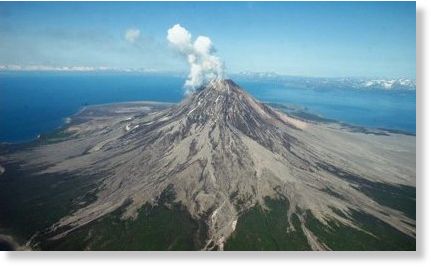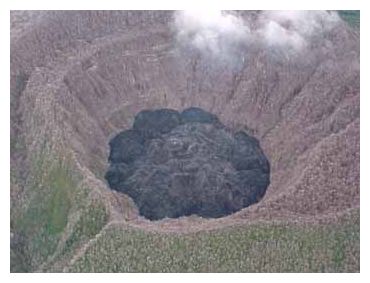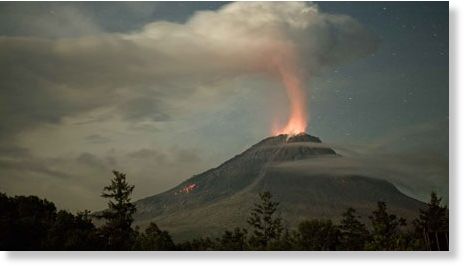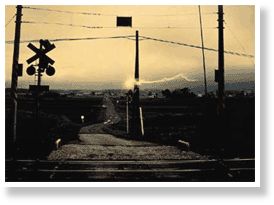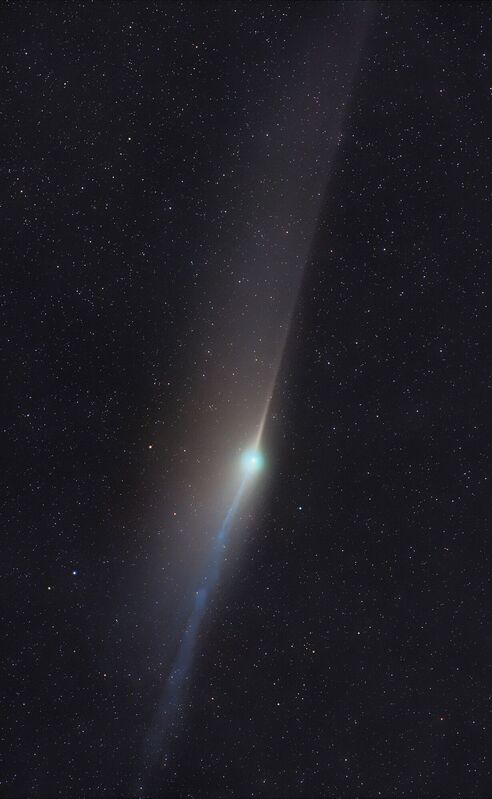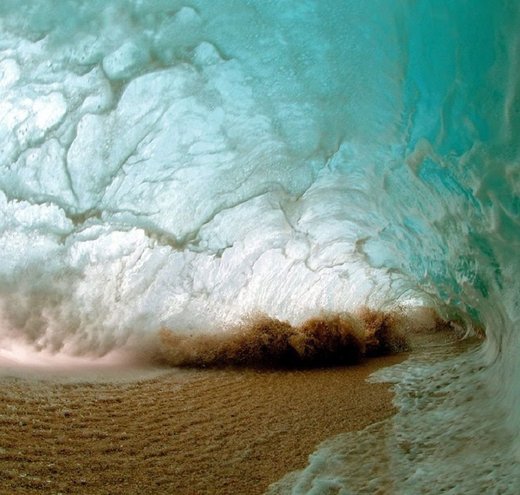
© NASAThe volcanic islands of Hawaii are thought to be fueled by a plume of hot rock that moves upward from the lower portions of the Earth's mantle.
The ground we stand on seems permanent and unchanging, but the rocks that make up Earth's crust are actually subject to a cycle of birth and death that changes our planet's surface over eons. Now scientists have found evidence that this cycle is quicker than thought: 500 million years instead of 2 billion.
The tectonic plates that make up
Earth's crust are constantly jostling against each other: brushing past one another in some places, moving apart in other areas, and butting head-on in still other places.
Where these head-on collisions occur, denser oceanic crust is shoved beneath lighter continental crust, causing it to melt in the ferocious temperatures and pressures of Earth's mantle. This oceanic crust gets mixed into the rest of the mantle, which because of its high temperature and pressure slowly flows and fuels the world's volcanoes.
Virtually all of the world's ocean islands are volcanoes. Several of them, such as the Hawaiian Islands, came from
mantle plumes originating in the lowest part of the mantle. This geological process is similar to the movement of a Lava Lamp: hot rock that used to be part of the oceanic crust rises in cylindrical columns from a depth of nearly 1,900 miles (3,000 kilometers). Near the surface, where the pressure on it is reduced, the rock melts and forms volcanoes.
Scientists had thought this process took about 2 billion years to complete, but new data suggest it could have happened in a quarter of that time.



